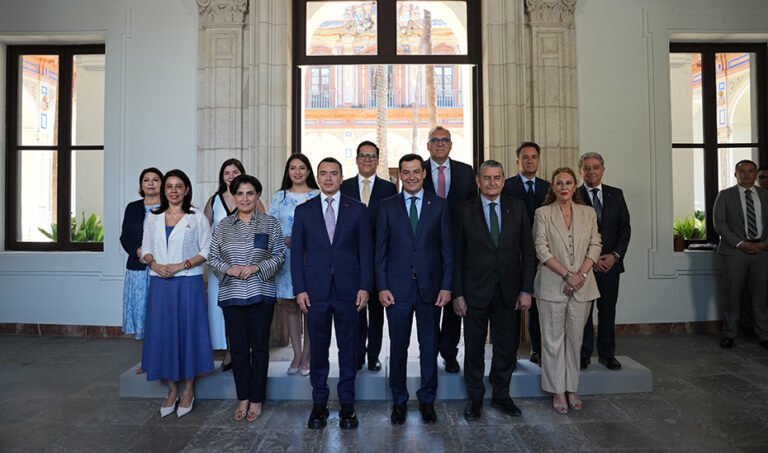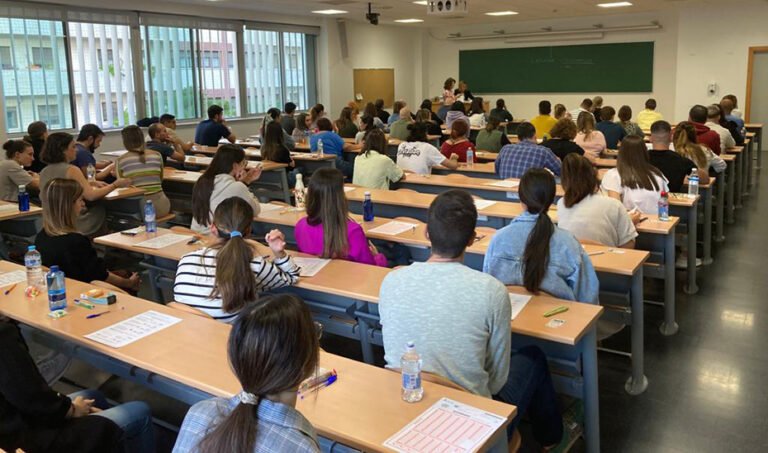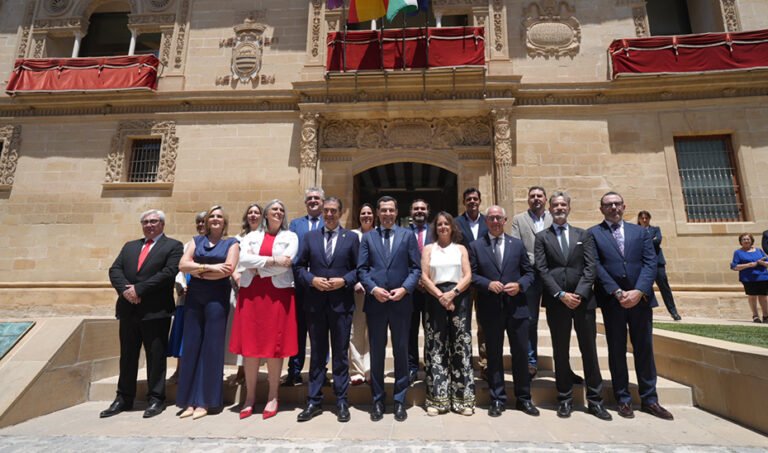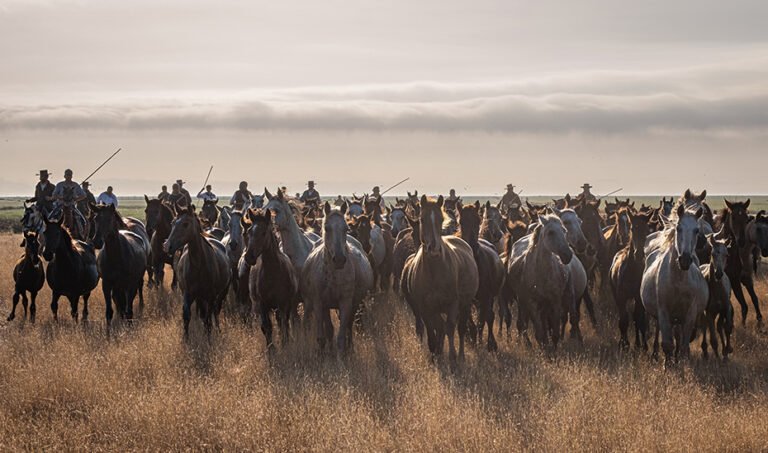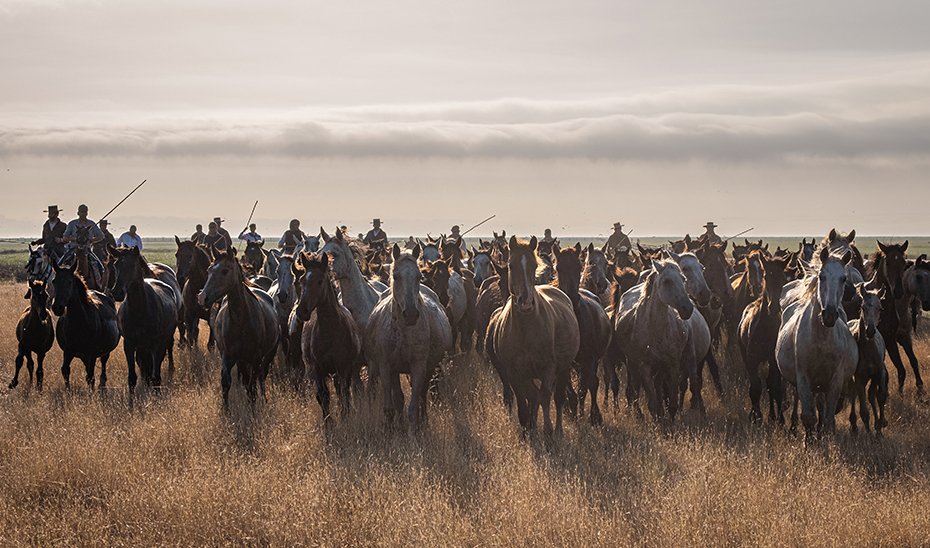
«How beautiful is El Rocío, how beautiful is the marsh, and how beautiful is Doñana, I am proud to be a marsh dweller of that Huelva marsh!». The lyrics of this historic Sevillana song by the marsh dwellers that the Almonte yegüerizos sing after finishing the task of regrouping the cattle they have in the free and wild Doñana perfectly encapsulates the idiosyncrasy of a town that cannot be understood without the Virgin, without Doñana, and without the marsh. A holy trinity that outsiders, as the Almonte locals often refer to those from outside, will never comprehend or feel like they do.
Over the past few days, the yegüerizos have been in both the National Park and the Natural Park of Doñana, gathering around 1,300 mares of the native Marismeña breed that they have in this natural gem all year round in complete freedom. Once regrouped, they transport them from the marsh to Almonte, passing in front of the Virgin of El Rocío, in preparation for the livestock fair held in the town. There, they will carry out the usual tasks of grooming and mane cutting, and of course, the buying and selling of animals. This transfer, known as the ‘Saca de las Yeguas’, always takes place on June 26th. After the fair, on July 1st, the animals are once again led back to Doñana, where they will roam freely for another year.
These living conditions make this livestock very tough and strong when it comes to working in the fields or pulling a cart. The living conditions and the abrupt weather changes they endure throughout the year make them sturdy and noble. Many acknowledge that they may not be as visually appealing as other horse breeds, but the depth, strength, and resilience of these Marismeño animals are unmatched by other breeds.
Mare troops in front of the Sanctuary of the Virgin of El Rocío (Photo by Antonio Delgado-Roig).
Although it may seem like a simple and easy task, the ‘Saca de las Yeguas’ hides behind it the entire essence of a town and a way of life inherited from many centuries ago, specifically since 1504 when the Duke of Medina Sidonia formalized a tradition that had been celebrated for generations. Back then, the nature of this activity had much more of an economic aspect than it does now. The mares were used for threshing, for working in the fields, and the farmers bought and sold animals among themselves. Mares, stallions, foals, each one building their small livestock according to their needs.
Today, the activity is carried out to preserve a tradition and a way of life, and to teach the new generations a rural task just as they learned it from their elders, as modern agricultural machinery no longer requires the use of animals for many agricultural tasks. The organization is led by the National Association of Marismeño Cattle Breeders in collaboration with the Ministry of Sustainability and Environment, through the Doñana Natural Space, and also with the Almonte City Council, which participates in the journey of the animals from El Rocío to the town’s livestock enclosure.
This is explained by Gregorio Maraver, one of the members of the association. His father was the founder of this collective, and he eventually became its president. During the rest period, after gathering their livestock the day before the ‘Saca de las Yeguas’, he affirms that this tradition «runs in their blood» and that, in addition to the field task that involves spending a day or two on horseback in Doñana and sleeping under the stars, there is a «very important social component» which is the camaraderie with the yegüerizos group to which each one belongs and makes them feel that they are not just another family, but their family.
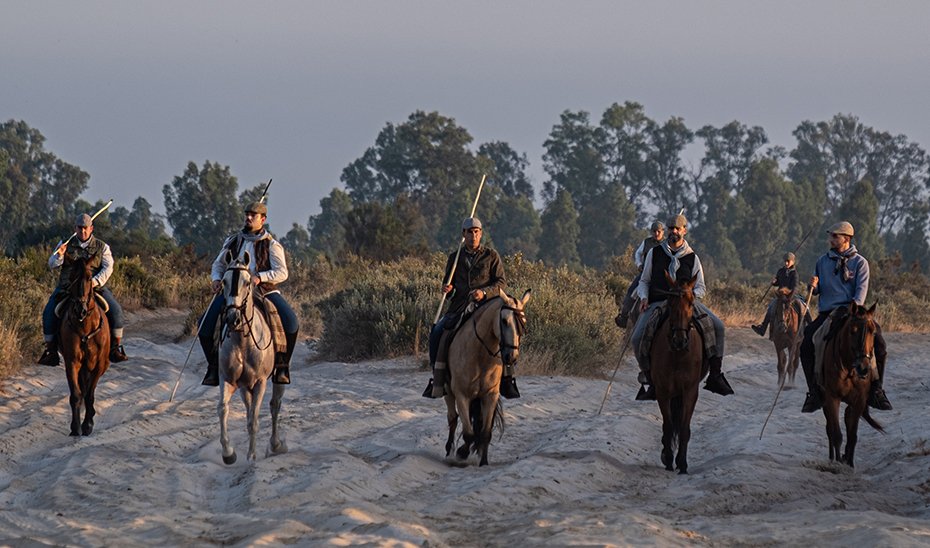
Yegüerizos in Doñana on their way to their animals (Photo by Antonio Delgado-Roig).
It is also not an activity done for money. Most farmers have few animals. «All this ultimately costs money, coming here, spending a couple of days in Doñana. Going, coming back, tending to the animals. There is no financial compensation, quite the opposite, but it is a way of life and feeling of our town. We cannot live without it.»
Conservation of the ecosystem
Although it may seem otherwise, all the activity of the Marismeño livestock is perfectly regulated. The animals are distributed in a total of ten farms within Doñana, and each of them has a maximum quota of animals. The foals do not count until they are a year old, but after that, they do. Then the farmers have to sell some animals if they have had offspring or leave them in stables in the town to not exceed the quota of each farm. This is where the conservation of the natural environment comes into play. Livestock benefits from Doñana, and Doñana benefits from the livestock. But everything must be in moderation to avoid disrupting the ecosystems.

Yegüerizos resting after finishing the task (Photo by Antonio Delgado-Roig).
In moderation, one must also know how to handle the livestock and be an excellent horseman. These are animals that live in the wild, unaccustomed to the presence of humans and with their own preferences when it comes to moving. Rafael Bejarano, a 76-year-old yegüerizo, shares a glass of wine after a morning of work and recalls how, as a child, his elders taught him how to move the animals. «Some areas now have some fences, but before there was nothing. They would tell me that I had to run to this side and not that one, because otherwise, it would be impossible to gather them, and teachings like that I have passed on to others. As a boy, I would sit here, in the gatherings, and listen to the old folks talk, and that’s how I learned little by little.»
The work of the Park personnel is also very important. Both Environmental Agents and Forest Rangers are responsible for ensuring that everything is in order and that there is nothing that could lead to the violation of nature protection regulations. Javier Giménez, a ranger from Almonte, explains that this activity represents a «heartfelt relationship» between the natural space and the town. «Right now, they have finished their work, and there are grandparents, parents, grandchildren, children playing around the mares, learning and experiencing something they will never forget.»
Regarding the task they perform, he explains that they must take care of surveillance and control to ensure that the activity respects all regulations and restrictions related to bird nesting, animal offspring, endangered species, etc. «Every task carried out here must be respectful of the environment, and we must all ensure that it remains so. There is control at the park entrance, no one can enter without accreditation, with name and surname. Each gathering has a maximum number of guests; everything must be preserved so that it always remains in its proper measure.»
Giménez also clarifies that this livestock activity does not only take place around June 26th, but the farmers are attentive to the animals all year round. «It may seem very beautiful, which it is, but it is also very tough. In the winter, they also come to check on the livestock. Many hours on horseback on cold days in the marsh. And this year, with a lot of water and areas very flooded, they also had many difficulties in reaching the farms and seeing the condition of their livestock.»
The yegüerizos are organized in a total of sixteen gatherings, and from two or three days before the ‘Saca’, they begin to enter Doñana on their way to the farms where they have the livestock. It is important to note that the park’s surface area exceeds 54,000 hectares, and reaching one of the farms where the mares are located can take many hours on horseback. Once the mares are grouped in some of the designated enclosures, all that is left is to wait for the 26th, but during all that time, there is the camaraderie of each gathering where the singing, the reminiscing of the elders, and the feeling that being breeders of the Marismeña breed provokes in them, and all the activity that it entails, makes them feel like the happiest men in the world during those hours.
Once the 26th arrives, the task also begins at dawn. The livestock must be driven to El Rocío. It is a few hours from where they started the day. Most of the mare troops go through the Boca de Lobo area to head down Calle Sanlúcar and arrive directly at the Sanctuary of the Virgin of El Rocío. It is one of the most spectacular scenes and also one of the powerful tourist attractions of Andalusia.
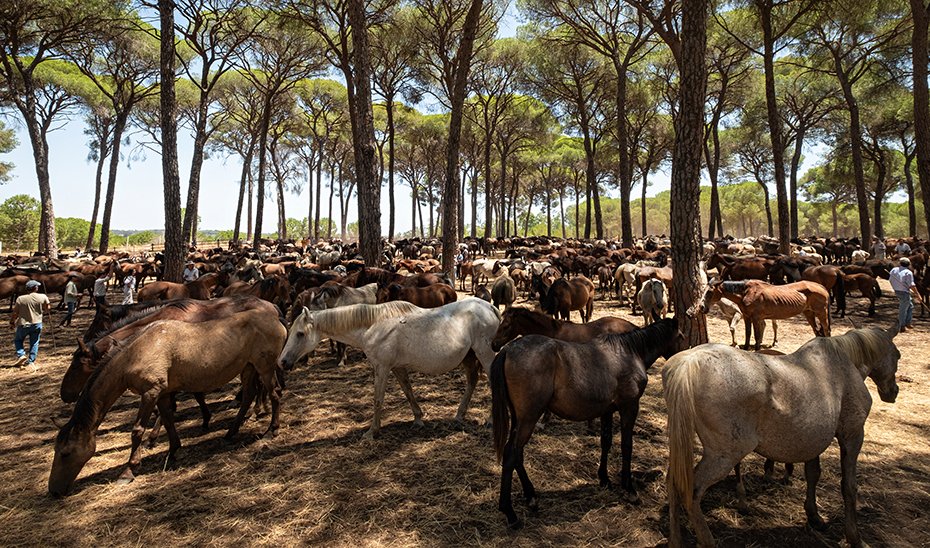
Mares on the Los Llanos road towards Almonte (Photo by Antonio Delgado-Roig).
After leaving the hermitage, the livestock troops head towards Almonte via the Los Llanos road and in the Pastorcito area, they have a long rest and another moment of camaraderie. The Marismeña mares are in their enclosure under the shade of a lush pine forest while the yegüerizos also give rest and water to their riding horses. A few hours later, at nightfall, the procession sets off once again towards Almonte.
Dress code rules
This is one of the most emotional moments for many of them, where emotions run high, as Isabelo Pérez, another Almonte rancher, explains the significance of the ‘Saca de las Yeguas’ for them. «It is very difficult to explain, but we have lived it for many generations since we were children. It is our way of life. Additionally, we also ensure that decorum is always maintained. The horses must be well-groomed for the cowherd; we do not allow straw hats or baseball caps. The caps must be the traditional ones. The hats must have a wide brim of felt, the old-fashioned ones, made of rabbit fur as well. And the cowherd must wear a shirt, polo shirts are not allowed even if they are cooler. This must be done this way because, if you are not careful, in a few years people here might end up dressing however they want, and traditions must be preserved.»
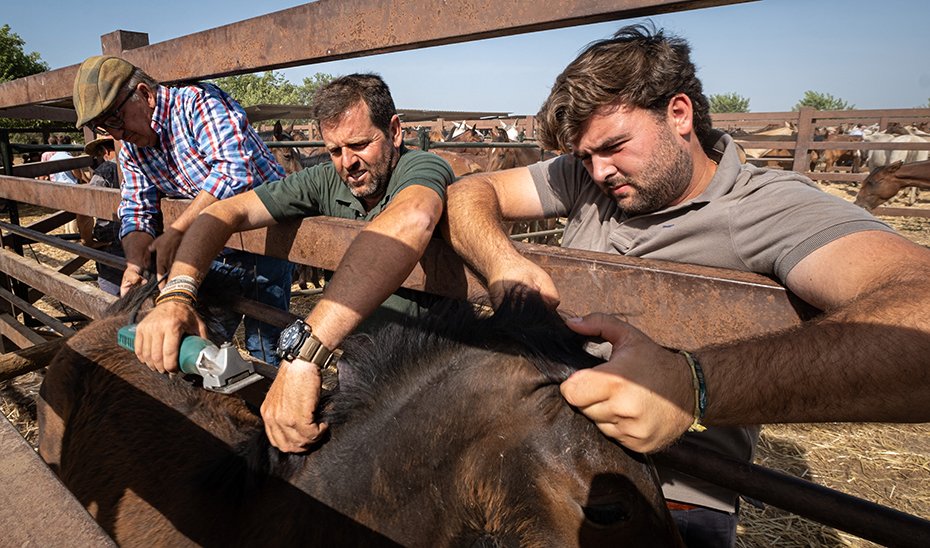
Ranchers performing grooming and mane cutting tasks (Photo by Antonio Delgado-Roig).
After the rest period and with the animals already in the livestock enclosure, the town of Almonte bursts with joy. They have once again fulfilled their centuries-old tradition, and after the fair, the animals will return to the marsh on July 1st. The holy trinity of El Rocío, the marsh, and Doñana continues stronger than ever.
TEXT AUTHOR: Antonio Delgado-Roig.
VIDEO AUTHOR: Rafael Aviles.

